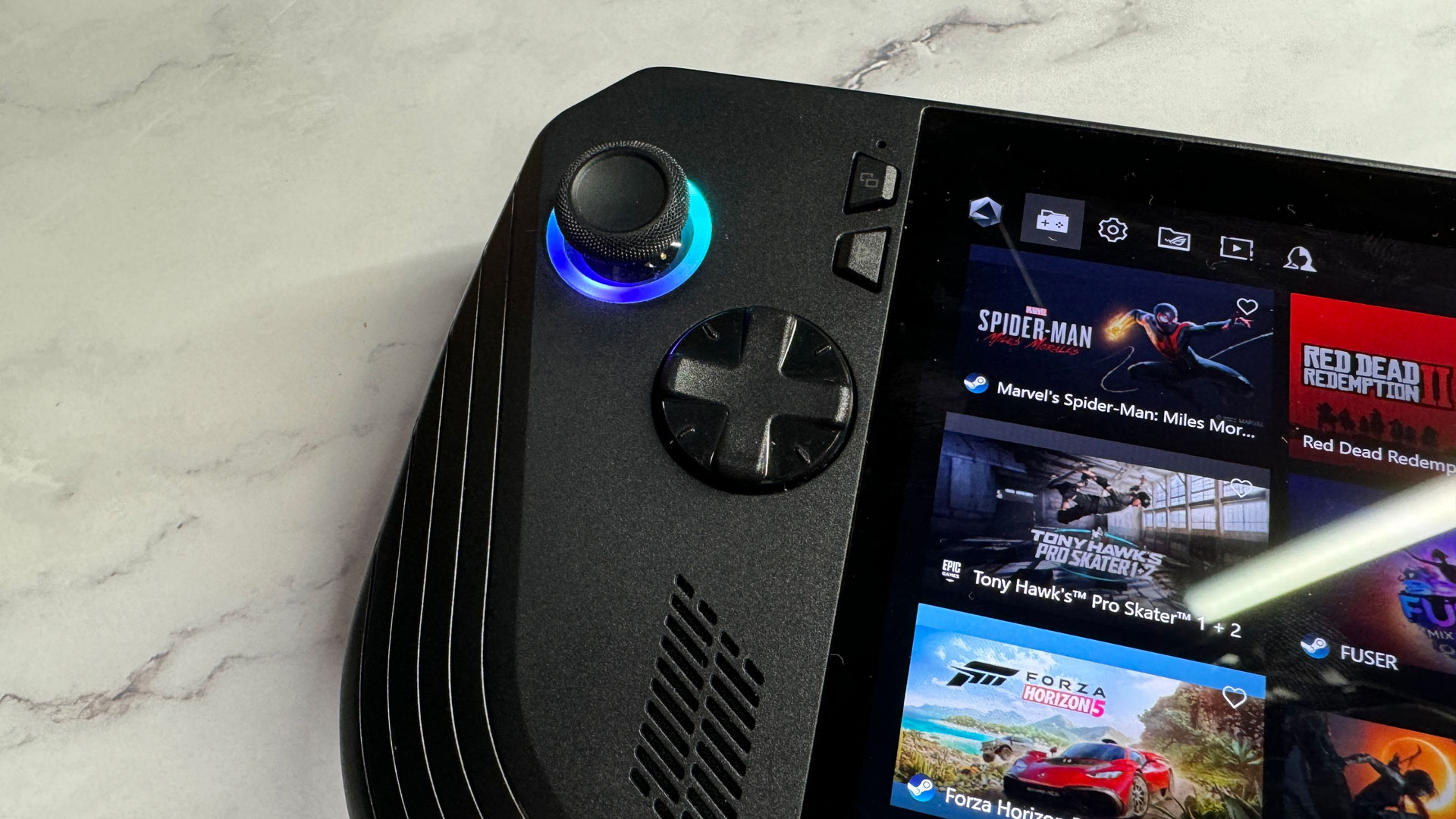
A script adding display configuration for the Asus ROG Ally and ROG Ally X was merged into the master branch for Valve's SteamOS Gamescope compositor on GitHub, most specifically the ability for Gamescope to now address the full 48-120 Hz Variable Refresh Rate (VRR) range available to both of Asus' premiere gaming handhelds. Not only is this yet another sign of SteamOS getting a wider release for more PCs shortly— and based on past Valve comments, we know that bringing it to other handhelds is the main priority— it's also, genuinely, one of the most important features of the ROG Ally handhelds.
If you aren't familiar with Variable Refresh Rate (VRR) technology, you may have heard it called G-Sync (Nvidia's implementation) or FreeSync (AMD's implementation). Any implementation of VRR technology allows for the display refresh rate to synchronize with the game or 3D application's frame rate in real time, ensuring that visual tears are prevented and the presentation is as smooth as possible within the given VRR range. Most displays' VRR range cuts off around 40 Hz, but considering the difficulty of maintaining 120 Hz on a handheld, the overall VRR flex room on Asus ROG Ally handhelds is still quite nice.
This isn't the only Steam-related update we've seen in recent memory pointing toward preparations being made for SteamOS on ROG Ally. A SteamOS input layer update added support for Asus ROG Ally and ROG Ally X buttons in August, eight months after Valve made its aforementioned handhelds-first comment regarding broader SteamOS release plans. Due to the infamous nature of Valve Time, we can't be sure when Valve will capitalize on all of this hype and prep with a complete and proper release. Still, since some basic SteamOS 3 ports from the community (namely Bazzite and HoloISO) already exist, it's not like Valve needs to rush its own out the door.
This update also highlights that Valve's Steam Deck handhelds—even the Steam Deck OLED, which otherwise supports HDR at up to 1000 nits—don't support VRR. With VRR support present in SteamOS' Gamescope compositor for both external displays and rivaling internal displays, one hopes that may inspire Valve to include VRR with the eventual Steam Deck 2, whenever that may be.







